As with many young New Zealanders, my view on the world beyond our pacific isolation was formed on the images and articles presented in moth-balled National Geographic magazines. Generously saturated pictures of wildlife, political conflicts, and a variety of intrepid explorations captured my imagination, inspiring me to seek out my own ‘Walter Mitty’ exploits. Every magazine had me captivated and as excited as I was to be emersed in the gritty and informative stories, I always gravitated toward the ‘you can buy this lifestyle’ advertisements. Sir Peter Blake’s moustache on a monohull brandishing his Omega Seamaster and Luis Marden’s moustache diving for artefacts accompanied by his Rolex Sea-dweller. Canon and Nikon’s finest offerings were usually matched to a perfectly composed photo of the world’s largest, fastest and rarest animals.
My gateway drug into the world of photography came in the form of my sisters Canon 1000d, its line-up of fatigued stock lenses and an Olympus OM10. Neither camera helped me replicate the intrepid shots of the Natgeo alumni, which led me down the beaten path to the Canon 5D series. My lust and love for the 5D was fuelled by its functionality, ergonomics, durability and common recognition among the exploration community. As film leached further into my system, I looked to Canon’s final film era efforts to match the might of its digital counterpart.
Canon EOS 3 – Brains, Brawn, and Beauty
I acquired my Canon EOS 3 from a low rank pawn shop by chance, burning my universal right to any other miraculous thrift find. The camera was significantly undervalued, in pristine condition, and boxed with original strap. I had to subdue my excitement to avoid raising the vendors suspicions. It was love at first site.
Handling the EOS 3 felt native, with an ergonomic match to that of my 5D. Spinning the unnecessarily oversized wheel on the film back door is truly an ethereal experience. I’ve since learnt that my personality lies somewhere around the ‘buttons and dials’ area of the spectrum. The viewfinder transports you into your scene with its vivid brightness and 97% coverage, whilst also providing brief entertainment with the surprisingly reliable ECF (Eye Controlled Autofocus). Of course most notably, the camera flaunts an absolutely monolithic shutter release. The mirror slams open and closed like a clever in a wet market, which leads me to believe that the wildlife in the National Geographic full pagers’ didn’t stick around for a second shot.
Technical strengths
Technically the Canon EOS 3 is as close as one can get to digital functionality; supporting 45 point AF, 17 Custom functions, 21 zone evaluative meter, 6 exposure modes (P, Tv, Av, DEP, Bulb, Manual), 1/8000th to 30 second shutter, and 3.3FPS on a standard 2CR5 battery. Remarkably this camera can convert said 2CR5 batteries into an eternal flame that burns for around 50 rolls, even when you forget to switch it off with the dedicated power selector.
Build and Form
The cameras build quality is robust and understated, it seems to weather more hardship than its EOS 1 series peers. The Saturn finish remains matte and flawless even after many trips in and out of the camera bag, being chaffed against clothing, and when subjected to climatic extremes. The buttons and dials are backed by similar gaskets to the EOS 1 series models, making it somewhat resistant to moisture. The stream lined nature of the buttons, dials and frame contours make it jacket ‘pocketable’ when paired with a pancake lens. However, weighing in at around 850 grams with a battery and film onboard, it’s certainly not considered an everyday candid carry.
Intrepid Journeys
I have carried my Canon EOS 3 around 25 countries, across deserts, deep into the alps, through hustling cities, and on endless planes, trains, buses and car trips. Not once has it even attempted a hiccup, it tirelessly works away under whatever conditions you yourself can endure. It gladfully rewinds your film when you strike your last exposure, excitedly taking up the roll when you load the next. It’s easy to trust the cameras judgement, and equally as easy to take over the exposure reins when you want a specific shot. The below shots are some of my favourite photos from my time in the Balkans.
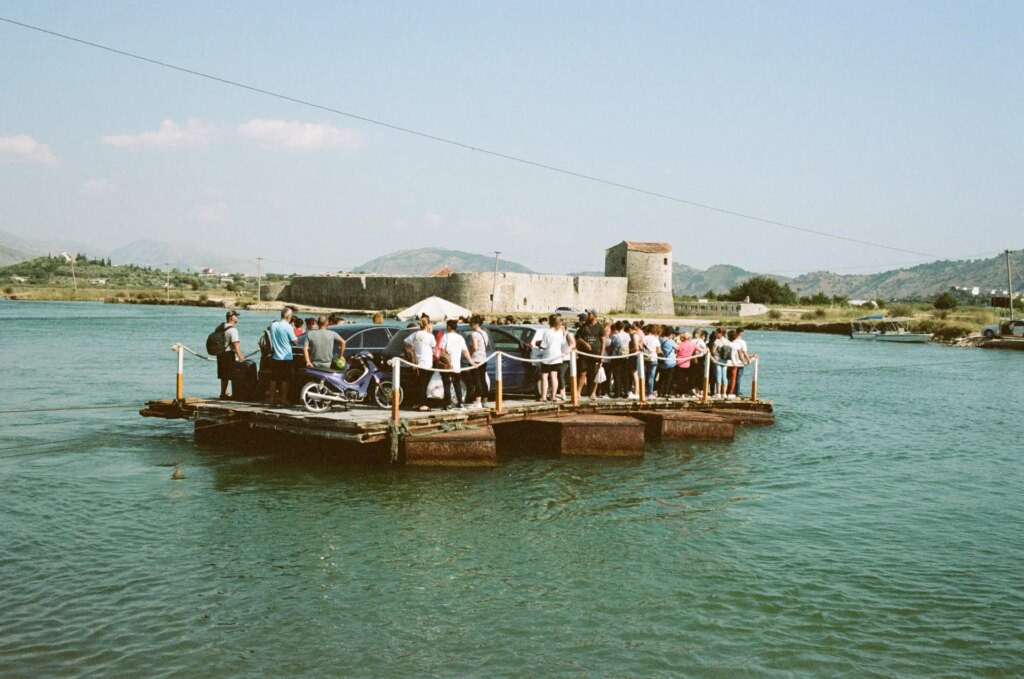
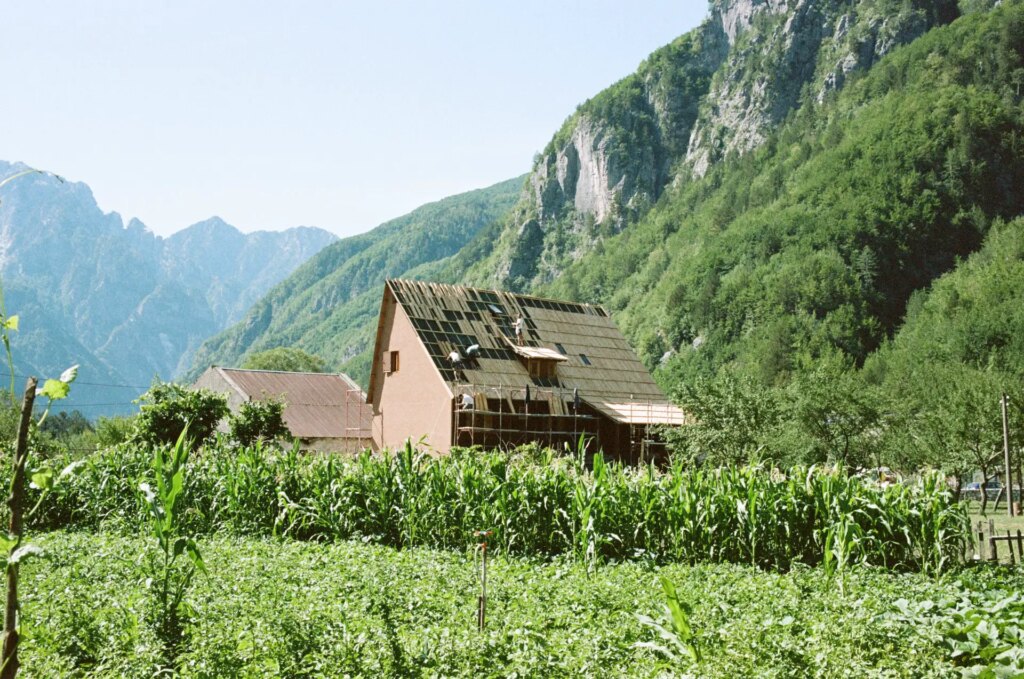
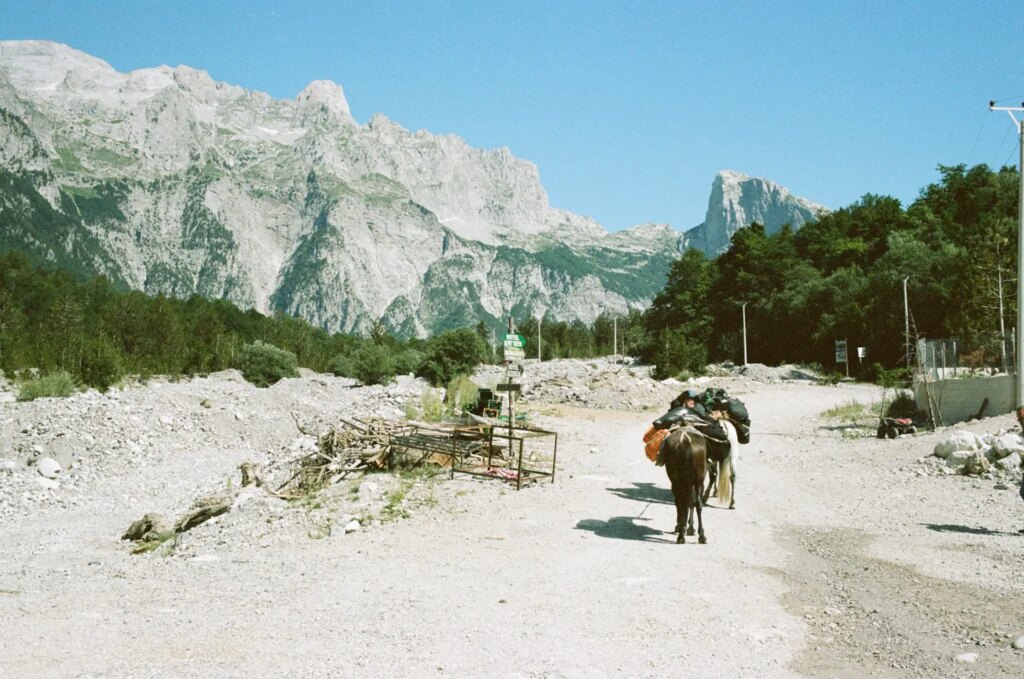
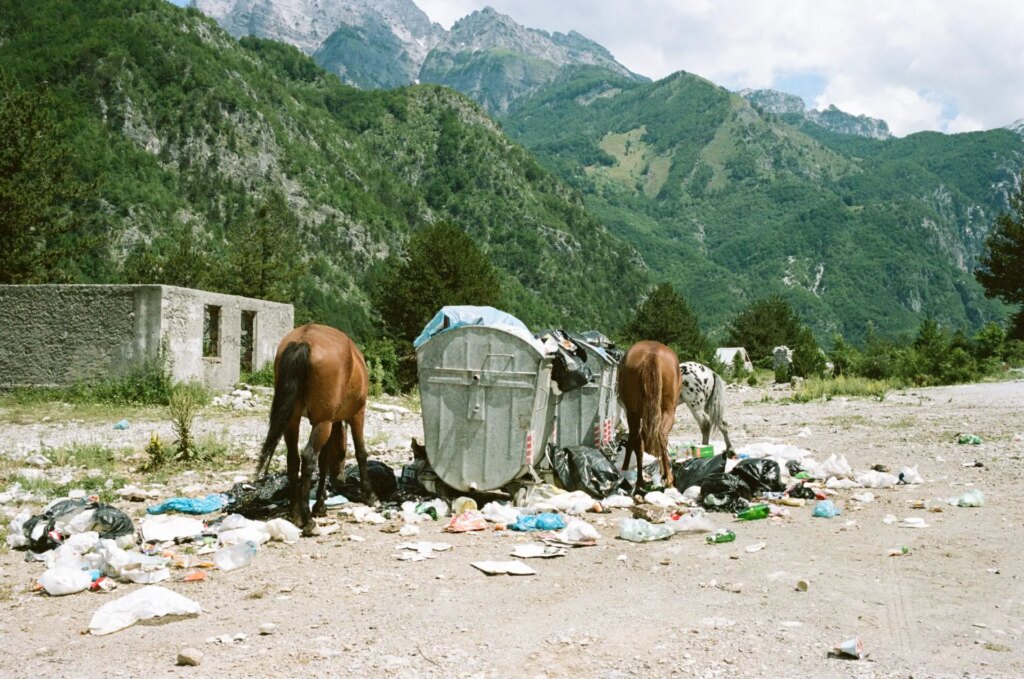
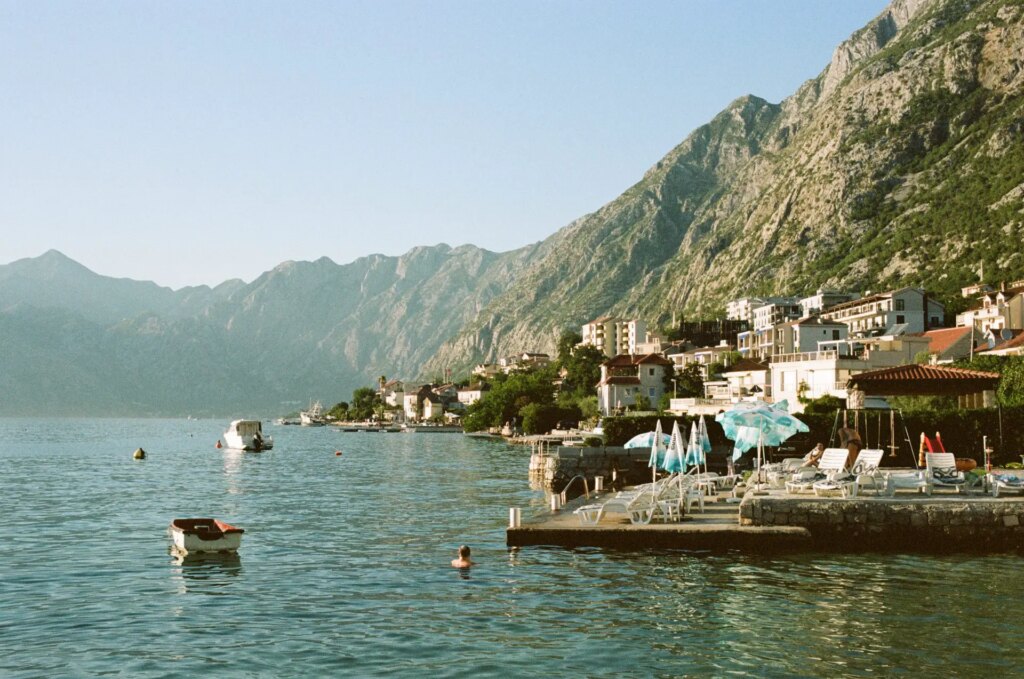
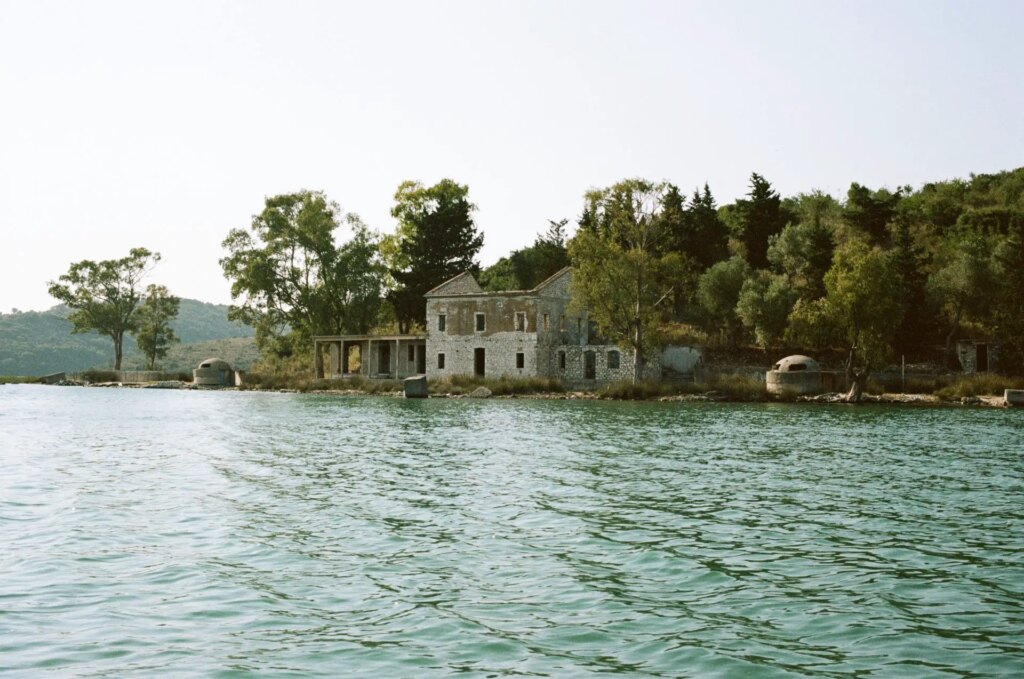
The Good, the Bad, the Heavy
Pros
- EF lens mount.
- Full suite of exposure modes, with the ability to shoot at 1/8000th shutter speed.
- Snappy autofocus, with manual/auto focusing point selection and AI Servo/One shot differentiation.
- Incredible battery life, the camera can also indicate the battery level.
- Great ergonomics, particularly for those with dinner plates for hands.
- Loud shutter release
Cons
- Shear weight and size
- Loud shutter release
Final thoughts
The shear enormity of options for cameras in the 35mm space can consume you, I was fortunate to be guided to the Canon EOS 3 by educated chance. Admittedly it doesn’t attract the same icon status as its EOS 1 series counterparts, or, Nikons F series competitors, however it does share in their functional might.
For the native canon user, the grip, button placement, and ergonomics will be familiar. For the new entrant, the button and dials are simple, logical and can be operated without too much reference to the user manual. The 2CR5 battery that powers the camera is a simple, cheap, and never fails to surprise me on how many rolls it can crank out.
Even if this camera becomes films next poster girl and achieved an ‘Xpan’ value increase, I wouldn’t consider parting ways with it. I will be shooting with my Canon EOS 3 until I have to vest my first born to Kodak to buy a roll of Portra 160.
Share this post:
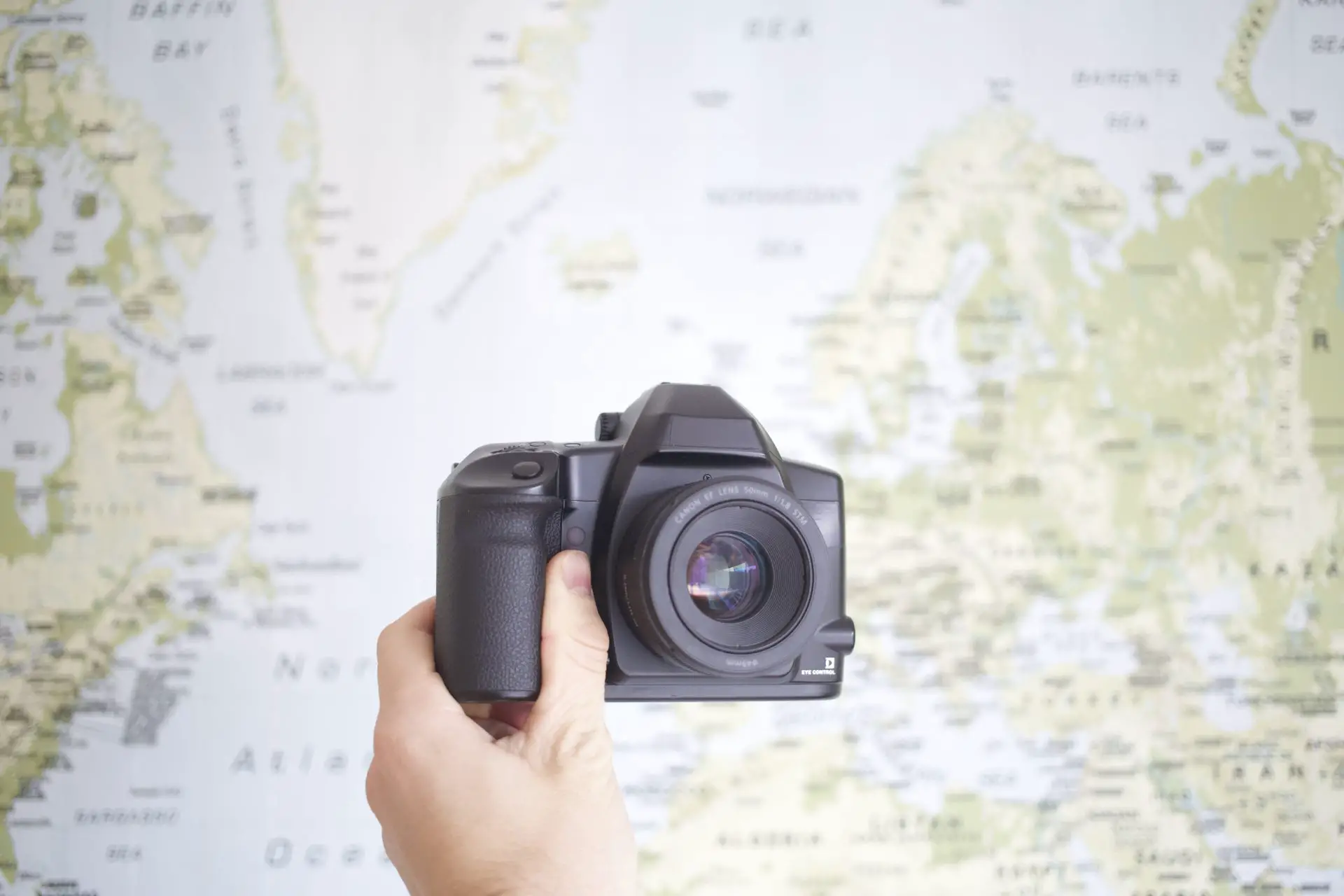








Comments
Lance on Canon EOS 3 Review – The Good, The Bad, The Heavy
Comment posted: 17/07/2023
Reinhold Graf on Canon EOS 3 Review – The Good, The Bad, The Heavy
Comment posted: 18/07/2023
Some time ago, I posted the pair vis-a-vis on my tiny blog.
https://reinholdgraf.de/2017/10/20/the-beauty-and-the-beast/
Is the viewfinder led display on your EOS 3 also somehow dim in bright light?
Best regards
Reinhold
Eugene Wilson on Canon EOS 3 Review – The Good, The Bad, The Heavy
Comment posted: 19/07/2023
Nader Bishara on Canon EOS 3 Review – The Good, The Bad, The Heavy
Comment posted: 07/06/2025